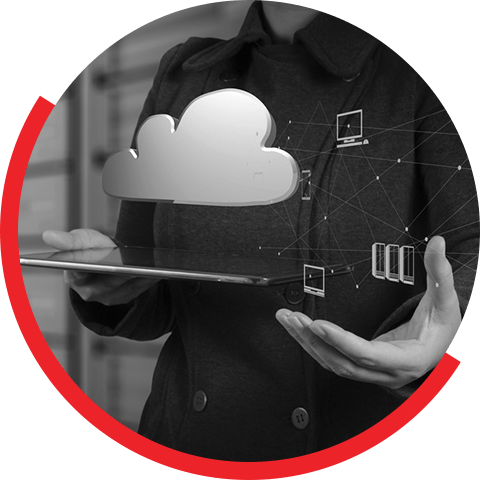QL Server 2008 and Windows Server 2008 are quickly approaching their end of support (EOS) dates. Without Microsoft fixing bugs and running security updates, hackers will vie to exploit security gaps in the server and your company’s sensitive data will be at risk.
To avoid compliance issues, security breaches and other losses that come with unsupported servers, it’s important your company upgrades now. As you likely know by now, cloud-based servers are becoming the new standard at companies around the world. By migrating to the cloud, you’re able to give your business a competitive edge. In this article, you’ll get what you need to know about each step of the process so you take action with confidence.
Step 1: Create a Plan
If you’re running SQL Server 2008 or Windows Server 2008, it’s time for a new plan. Your options are:
1. Upgrade your on-premise servers to a newer version
2. Keep the servers you have and pay for extended support as a temporary solution
3. Migrate your SQL Server to a cloud-based server like Microsoft Azure
The first two options won’t set your business up for long-term success, as trends suggest that migrating to a cloud-based workload is inevitable for businesses in the years ahead. Plus, extended support for 2008/2008 R2 servers is a costly option. Meanwhile, Microsoft promises to provide free Extended Security Updates until 2022 when you migrate your SQL 2008/2008R2 Server database to Azure.
Step 2: Public, Private or Hybrid?
In order to move to the cloud, you first have to choose whether you want to be on a public, private or hybrid cloud. Public clouds are entirely hosted and managed by a provider in their data centers. Microsoft Azure, Amazon Web Services (AWS) and Google Cloud are some examples of leading providers.
With a private cloud, you’re responsible for your own hardware, storage and devices required for hosting the cloud. You can create a private cloud for your company using a platform such as VMware, HPE, IBM or OpenStack.
Alternatively, you can choose to operate on multiple clouds, including both private and public. According to a survey from RightScale, more and more companies are opting for a multi-cloud strategy, and as much as 85 percent of companies in 2017 utilized more than one cloud. The main motive behind a hybrid solution is that it gives you the best of both worlds--you can use a private cloud environment for your IT workloads and have strong security and guaranteed resource availability. At the same time, using a public cloud to accommodate occasional or seasonal traffic spikes, can help you stay within budget and scale more quickly.
Step 3: Choose Your Cloud Provider
Microsoft Azure isn’t the only cloud provider, but it is leading the way to the cloud for businesses around the world. If you’re currently running SQL Server 2008 or Windows Server 2008 or a later platform from Microsoft, Microsoft Azure can secure you the safest and most seamless migration to the cloud. Its cloud service is reliable, compliant with GDPR and several other privacy laws, and provides multi-level data protection to ensure endpoint security. Whatever provider you choose, you want to look into their security certifications, reliability and performance, as well as the level of support they offer.
Step 4: Get Professional Help with Migration
Be careful not to underestimate the complexity of data migration and the critical planning process it involves. Getting on the cloud is a big step that will pay off in the foreseeable future and far beyond. Lack of attention to detail can cause migrations to fail, causing a huge setback. When you work with specialists to build your migration, you entrust the process with experts able to customize and optimize your cloud infrastructure in a way that achieves your business’s unique goals.
Sonata Software helps enterprises migrate to the cloud with their unique “Platformation” approach focused on connectivity, efficiency and scalability. It enables companies with on- premise servers to migrate to the cloud while staying in complete alignment with Microsoft offerings.
As your business transitions to the cloud, Sonata Software delivers expertise from the beginning to the end, starting with the decision-making process. They can help you find a provider that fits your enterprise best by analyzing your existing applications and infrastructure and determining which platform would give you the best ROI.
Sonata will help monitor your onsite and offsite structure, disseminate built-in migration reports and test your workloads before, during and after migration to make sure the entire project is completed without a glitch.
Getting Started with a Successful Migration
As EOS for 2008 servers approaches, migrating to a cloud platform will prevent the risk of your workload and sensitive data being hacked. Partnering with Sonata Software optimizes your process and improves your end result with better efficiency and innovation. Take the burden off your IT team and concentrate on familiarizing the rest of the company with the new cloud infrastructure. Meanwhile, let industry experts help you through the tough decisions and infrastructure management.

